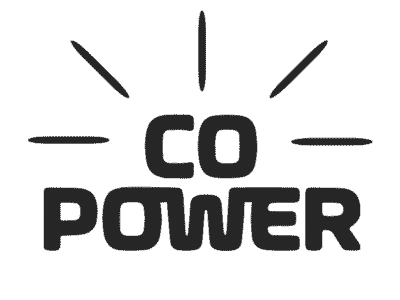 Boris Kelly, one of Overland’s regular bloggers, has an essay in Overland 200 on Australia’s alcohol habit, ‘Killing the worm in ourselves’. It begins like so:
Boris Kelly, one of Overland’s regular bloggers, has an essay in Overland 200 on Australia’s alcohol habit, ‘Killing the worm in ourselves’. It begins like so:
C2H5OH, or ethyl alcohol, is a clear, colourless, volatile and flammable oxygenated hydrocarbon produced by the fermentation of sugar that is used, among other things, in the preparation of beverages. It is also one of the oldest and most efficacious of psychoactive drugs – and we love it. Anecdotal evidence – and, for most of us, personal experience – leads to this conclusion; OECD figures (2008) confirm it. Australians over the age of fifteen consume an average of ten litres of pure alcohol per capita each year. This puts us in the mid-range of comparative countries, with Luxembourg (which is, incidentally, estimated by the World Bank in 2008 to be the world’s most affluent nation) way out in front with 15.5 litres. The National Health and Medical Council of Australia concludes that, while most Australians enjoy a drink for relaxation and enjoyment, a ‘substantial proportion of people drink at levels that increase their risk of alcohol-related harm’ (my emphasis).
To abstain from drinking is to be regarded with a certain suspicion, as if you are not quite trustworthy or, in the case of men, not masculine enough. The right to drink is sacrosanct. Along with the beach, the barbie and the football oval, alcohol is emblematic of the Australian way of life and an icon of our democracy. It is ubiquitous across lines of class, education, profession and gender. Walk down the red carpet at any gala corporate event and you will find a gauntlet of waiters bearing libations. In Kings Cross on a Saturday night you will see young girls sitting in the gutter, eyes glazed over, stiletto heels awry, mini-dresses stained with vomit. Out in suburbia, attend the average eighteenth birthday party and watch the guest of honour chug-a-lug vodka shots until the bottle is drained.
Alcohol is the world’s favourite drug – and in Australia, where it has long been identified as a social and a health issue, it is also a political problem.





